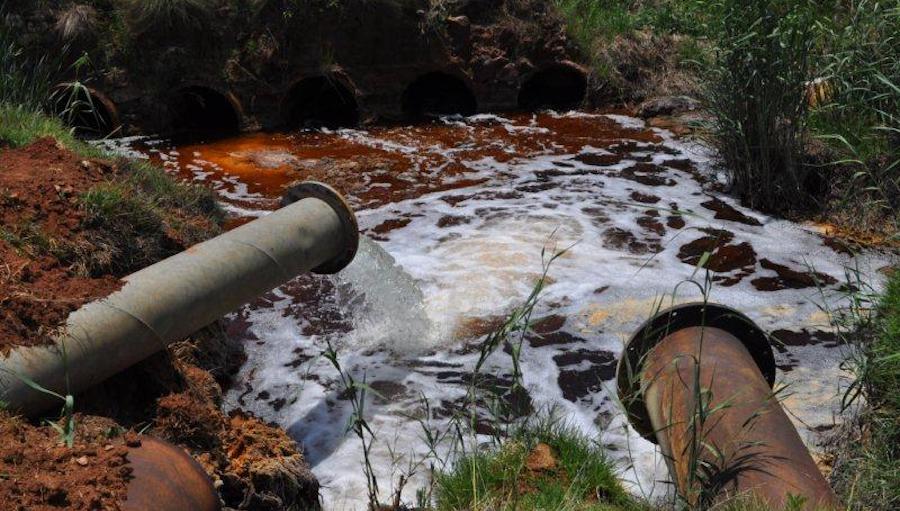
Streams with ample connections to shallow groundwater flow paths have greater microbial diversity and are more effective at preventing toxic forms of metals—often products of upstream mining—from entering and being transported downstream, new research has found.
In a paper published in the journal Applied and Environmental Microbiology, researchers from the Colorado School of Mines explain that such streams are also better at detoxifying specific forms of aluminum, cadmium, arsenic and zinc already present.
According to the scientists, under favourable conditions, the zone lining a stream channel stores nutrients and oxygen that meet the nutritional and respiratory needs of local invertebrates and fish. That zone also serves as a filter in which chemical processes and microbes reduce the toxicity and mobility of metals.
However, the research group also found that when mining-related contaminants enter a stream, they reduce the filtration capacity of this reactive zone. That’s because inflows of acidic, metal-rich abandoned mine drainage create an iron-rich mineral barrier—notable for its rust colour—that blocks the entry of stream water into the streambed, where the filtration occurs.
Such barrier reduces the species diversity of microorganisms inhabiting the streambed, and the types of micro-organisms that thrive under these conditions convert metals dissolved in the water to minerals that further clog the stream channel, limiting the exchange of nutrients between the stream and groundwater beneath it.
“This was an important finding because the lack of exchange between the stream and groundwater also prevented this stream from serving as a natural filter for toxic metals,” Beth Hoagland, corresponding author of the article, said in a media statement. “Metals such as aluminum and copper accumulated in this stream to levels that are harmful to aquatic species.”
The research was conducted in two streams in the San Juan mountains of southwestern Colorado, a region that saw extensive mining starting in the late 1800s and continuing for more than a century. The region is now the US Environmental Protection Agency Superfund site known as the Bonita Peak Mining District.
“Our research highlights the dynamic interplay between hydrology, geochemistry and microbiology at the groundwater-surface water interface of acid mine drainage streams,” Hoagland said.
The researcher pointed out that streams, such as Cement Creek, that receive flows from the abandoned mines are particularly vulnerable to becoming acidic and containing toxic levels of metals that are harmful to fish, invertebrates and other living organisms that live in or interact with them. In such streams, exchange between groundwater and streamwater is limited due to higher concentrations of dissolved metal, which clogs the connections of the two water sources. That and higher acidity result in a low diversity of microbiota.
The research also shows that streams that have ample exchange between stream water and shallow groundwater may harbour microorganisms that reduce the release of toxic forms of metals to downstream ecosystems.
“This finding can help regulators and scientists develop remediation strategies that will enhance this stream function thereby reducing toxic metal loads from mine waste,” Hoagland said.